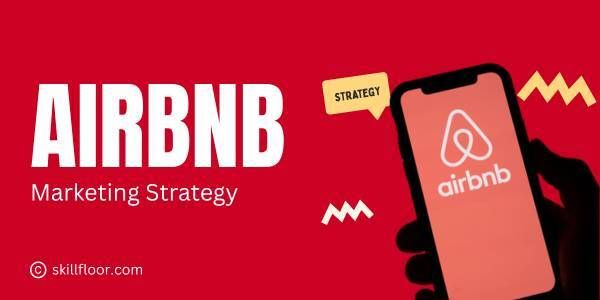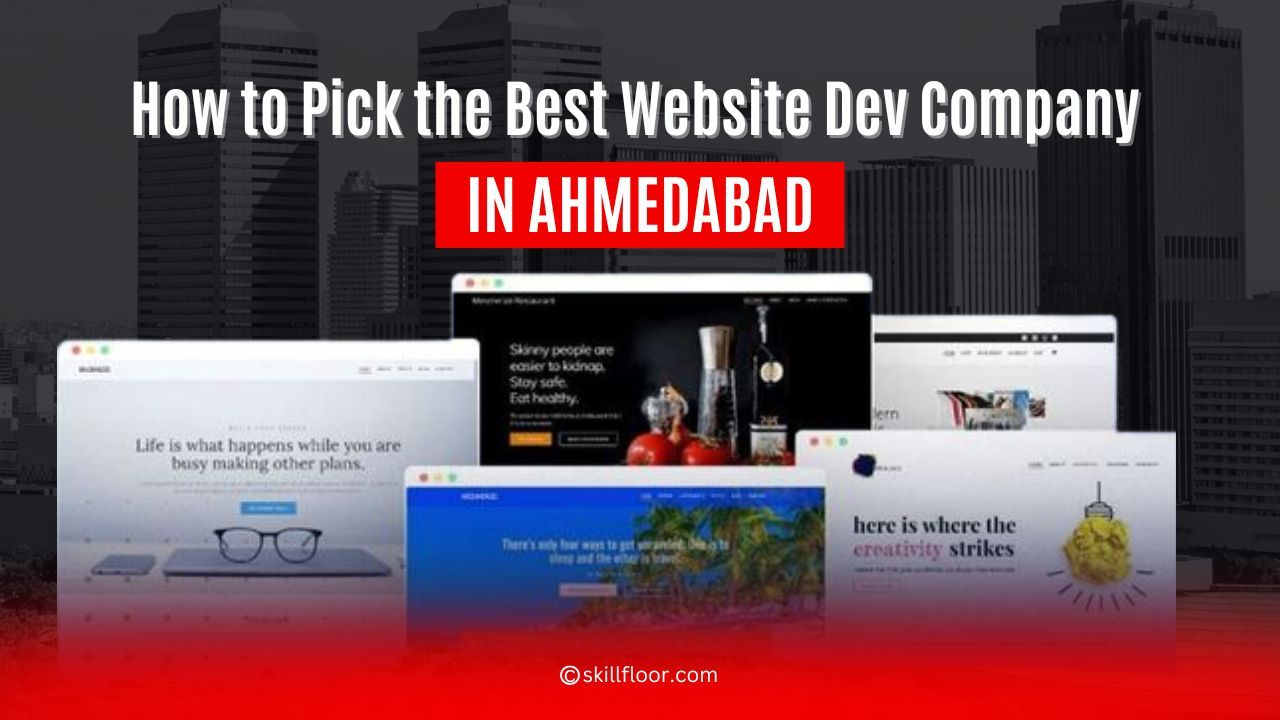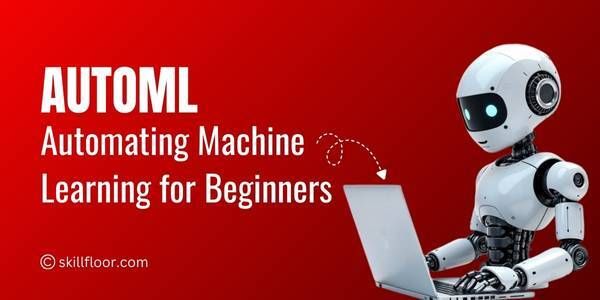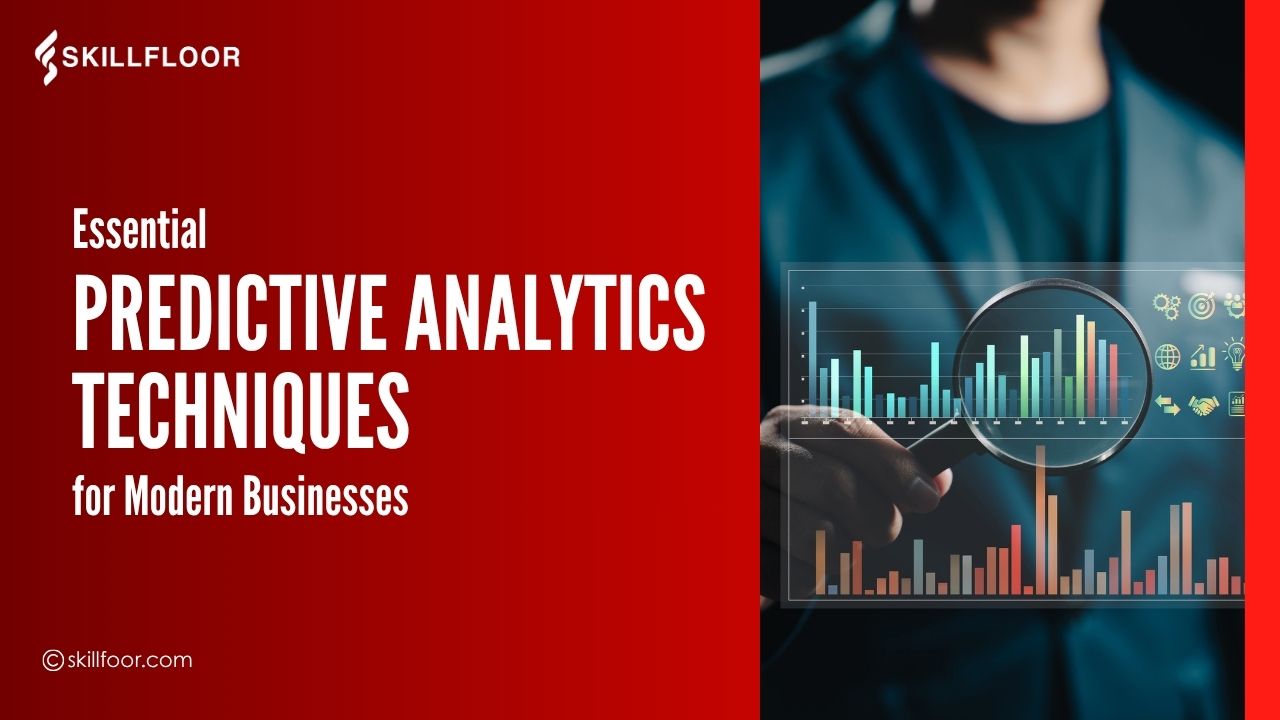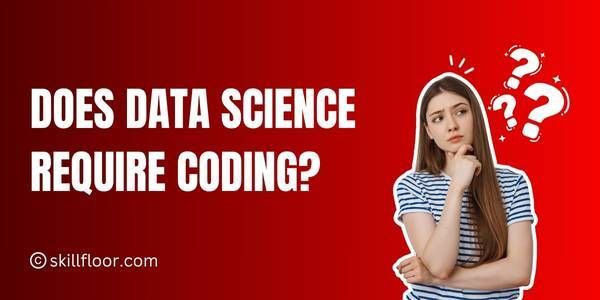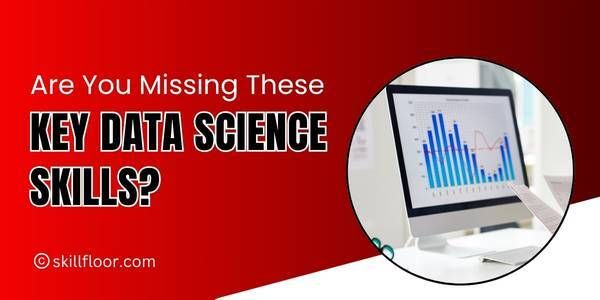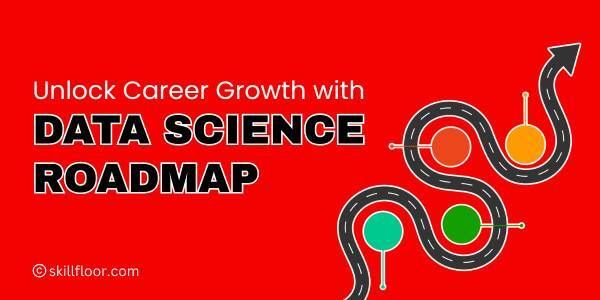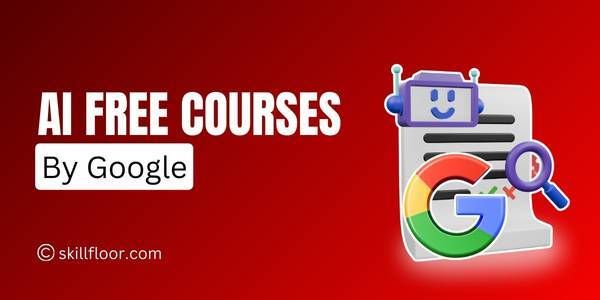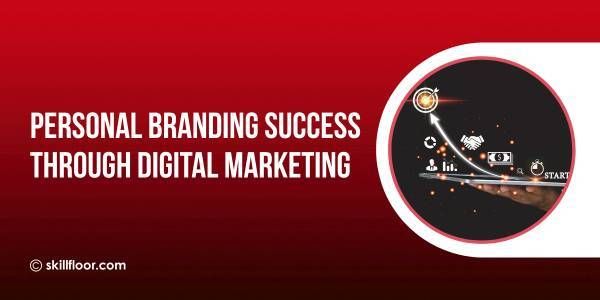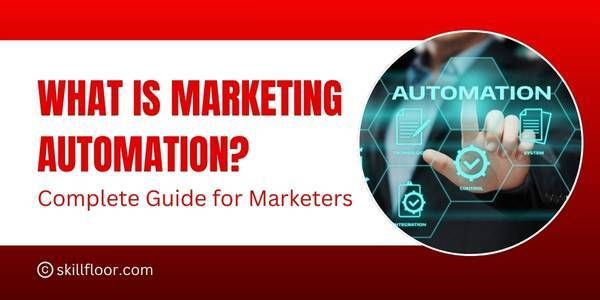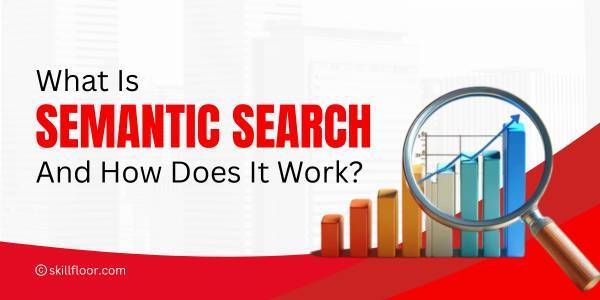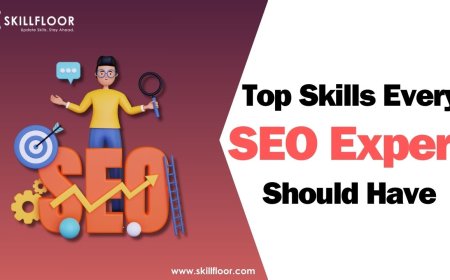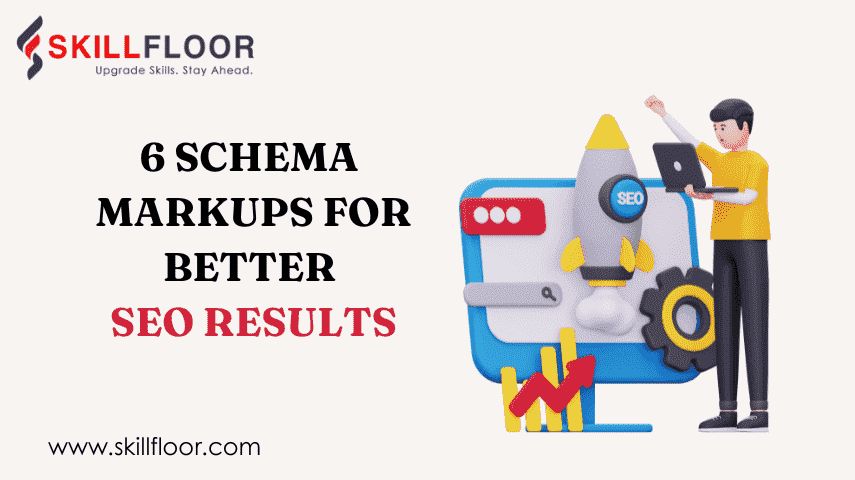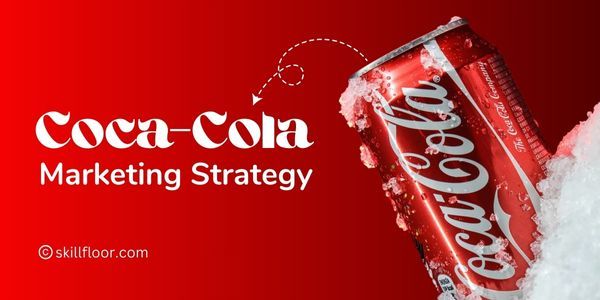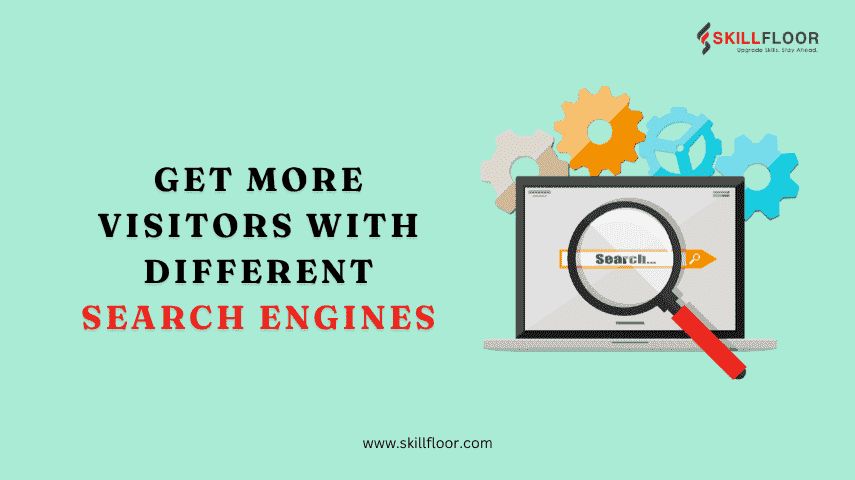Google Ads vs Facebook Ads: Which Is Better for Your Business?
Struggling to choose between Google Ads & Facebook Ads? Don’t waste your budget! Discover which platform drives real results for your business today.
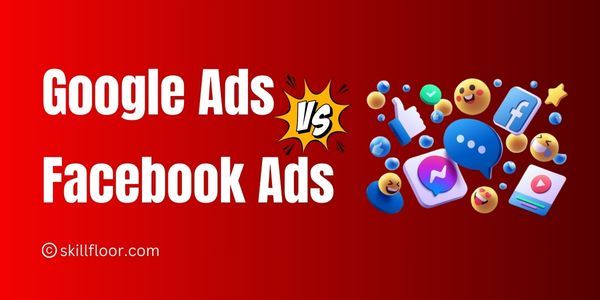
When I first started running digital marketing campaigns, one of the biggest dilemmas I faced was choosing between Google Ads and Facebook Ads. Both platforms are powerhouses in their own right, but they work in fundamentally different ways. The question I kept asking myself (and that I still hear from clients today) is: Which one is better for my business?
The answer? It depends on your goals, audience, and budget. But don’t worry—I’m here to break it all down for you. Whether you’re a small business owner, an e-commerce entrepreneur, or a digital marketer trying to get the most out of your ad spend, this guide will help you decide which platform suits your needs best.
Understanding Google Ads
Google Ads, formerly known as Google AdWords, is intent-driven advertising. What does that mean? Well, when people go to Google and type in something like “best running shoes for beginners”, they’re actively looking for an answer. If you sell running shoes, your ad can show up right at the top of the search results. That’s powerful!
-
Search Ads – These appear at the top of Google search results when someone searches for a keyword related to your business.
-
Display Ads – Banner ads that appear on websites within Google’s Display Network.
-
Shopping Ads – Product listings that appear in Google Shopping.
-
YouTube Ads – Video ads on YouTube (also owned by Google).
-
App Promotion Ads – Ads designed to get more downloads for mobile apps.
Pros of Google Ads:
High Purchase Intent: Since users are actively searching for solutions, they’re more likely to convert. Wide Reach: Google processes over 8.5 billion searches per day. Variety of Ad Formats: You can use text ads, display ads, shopping ads, and video ads. Measurable Results: Google provides detailed analytics and tracking.
Cons of Google Ads:
Expensive for Competitive Niches: If you’re in an industry like insurance or legal services, keyword bidding can get very costly. Requires Strong Keyword Strategy: Choosing the wrong keywords can waste your budget. Steeper Learning Curve: Setting up and optimizing campaigns requires experience and testing.
Understanding Facebook Ads
Facebook Ads, on the other hand, is interest-based advertising. Unlike Google Ads, where people actively search for something, Facebook Ads show up in people’s feeds based on their demographics, interests, and online behavior.
Ever browsed a website for, let’s say, a new pair of sneakers and then suddenly seen ads for those exact sneakers on Facebook? That’s Facebook’s powerful targeting in action!
-
Image Ads – Simple, eye-catching visuals.
-
Video Ads – Short, engaging videos in users’ feeds.
-
Carousel Ads – Multiple images or videos in a single ad.
-
Collection Ads – Interactive shopping ads.
-
Lead Generation Ads – Forms to collect customer info.
Pros of Facebook Ads:
Highly Targeted Audiences: You can target people based on interests, behaviors, demographics, and even previous interactions with your business. Great for Brand Awareness: Even if users aren’t searching for your product, they’ll see it in their feeds. Engagement-Based: Users can like, comment, and share your ads, increasing organic reach. Visual Appeal: Facebook and Instagram (owned by Facebook) are ideal for visually-driven businesses like fashion, beauty, and lifestyle brands.
Cons of Facebook Ads:
Lower Purchase Intent: Unlike Google Ads, people on Facebook aren’t actively searching for your product. Ad Fatigue: People can get tired of seeing the same ad repeatedly. Privacy Updates Impact Targeting: Apple’s iOS updates have made it harder to track and retarget users.
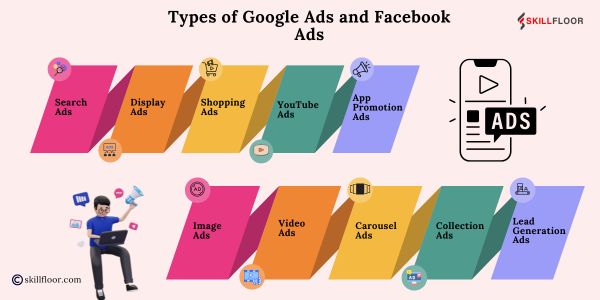
Key Differences Between Google Ads and Facebook Ads
|
Feature |
Google Ads |
Facebook Ads |
|
Targeting Method |
Keywords & search intent |
Interests, behaviors & demographics |
|
Best for |
Direct sales, high-intent searches |
Brand awareness, engagement, retargeting |
|
Cost Model |
Pay-per-click (CPC) |
Pay per impression (CPM) or click (CPC) |
|
Ad Format |
Text, display, shopping, video |
Image, video, carousel, lead ads |
|
Conversion Rate |
Higher for search ads |
Lower, but great for lead nurturing |
Which One Should You Choose?
Go with Google Ads if:
You have a product or service that people actively search for. You want high-intent traffic that’s more likely to convert. You have a budget for competitive keyword bidding.
Example: A plumbing business would benefit more from Google Ads since people usually search for “emergency plumber near me” when they urgently need one.
Go with Facebook Ads if:
You want to increase brand awareness and reach new audiences. You have a visually appealing product (fashion, beauty, travel, etc.). You want engagement-based marketing (likes, shares, and comments help boost your brand).
Example: A fashion boutique launching a new clothing line would thrive on Facebook Ads by targeting fashion enthusiasts.
The Best Strategy? Use Both!
In my experience, the most successful campaigns combine both platforms.
-
Use Facebook Ads for awareness and to warm up your audience.
-
Use Google Ads to capture high-intent users and drive sales.
-
Retarget website visitors with Facebook Ads after they’ve clicked on your Google Ad but didn’t convert.
The Power of Retargeting
One of the biggest advantages of digital advertising is retargeting—showing ads to users who have already interacted with your business. If someone visits your website but doesn’t make a purchase, you can retarget them with ads on both Google and Facebook.
-
Google Retargeting: Show display ads to people who visited your website but didn’t convert.
-
Facebook Retargeting: Use the Facebook Pixel to retarget visitors with relevant ads, reminding them about your products.
By leveraging retargeting, you maximize your marketing spend and increase conversions.
Budgeting and Cost Considerations
When evaluating budgeting and cost considerations for Google Ads and Facebook Ads, it's essential to understand the current cost structures, how they align with your business objectives, and strategies to optimize your return on investment (ROI).
Current Cost Structures
Google Ads:
-
Search Ads: These ads target users actively searching for specific keywords. As of 2025, the average cost-per-click (CPC) for Google Search Ads is approximately $2.69.
-
Display Ads: These visual ads appear across Google's Display Network. The average CPC for Display Ads is around $0.63.
Facebook Ads:
-
Cost Per Click (CPC): Facebook Ads operate on a model where advertisers pay each time a user clicks on an ad. The average CPC is about $0.63.
businessofapps.com -
Cost Per Mille (CPM): This metric represents the cost per 1,000 ad impressions. As of February 2025, the average CPM for Meta platforms (Facebook and Instagram) is $7.75.
guptamedia.com
Budget Allocation Strategies
-
Assess Your Business Goals:
-
Immediate Conversions: If your objective is to drive quick sales or leads, allocating a larger portion of your budget to Google Search Ads can be effective due to their higher intent targeting.
-
Brand Awareness: For increasing brand visibility and engagement, Facebook Ads offer cost-effective options to reach a broad audience.
-
Understand Your Target Audience:
-
Demographics and Behavior: Facebook's robust targeting allows for ads tailored to specific demographics and user interests, making it ideal for businesses aiming to reach niche markets.
-
Search Intent: Google Ads capture users actively seeking information, which can lead to higher conversion rates for products or services that fulfill immediate needs.
-
Implement the 70-20-10 Rule:
-
70% of your budget on proven strategies and platforms.
-
20% on new strategies that could enhance performance.
-
10% on experimental approaches, allowing flexibility to adapt to market changes.
invoca.com
Optimizing Ad Spend
-
Utilize Automated Bidding: Both platforms offer automated bidding strategies that adjust bids in real-time to maximize ROI based on your goals.
-
Leverage Audience Insights: Regularly analyze performance data to refine targeting, ensuring ads reach the most responsive audiences.
-
A/B Testing: Continuously test different ad creatives, headlines, and calls-to-action to identify what resonates best with your audience.
-
Monitor and Adjust: Keep a close eye on key metrics such as CPC, CPM, and conversion rates, adjusting your strategies to maintain cost-effectiveness.
Choosing between Google Ads and Facebook Ads doesn’t have to be an either/or decision. Both platforms offer unique advantages that cater to different business needs. If you have a limited budget, start by considering where your audience is more likely to engage.
Want my advice? Test both platforms with a small budget and analyze your results. See where you get the most conversions, then scale from there.
If you’re still unsure or need help setting up a winning ad strategy, feel free to reach out! I’ve spent years experimenting with both Google and Facebook Ads, and I’d love to help you grow your business.

